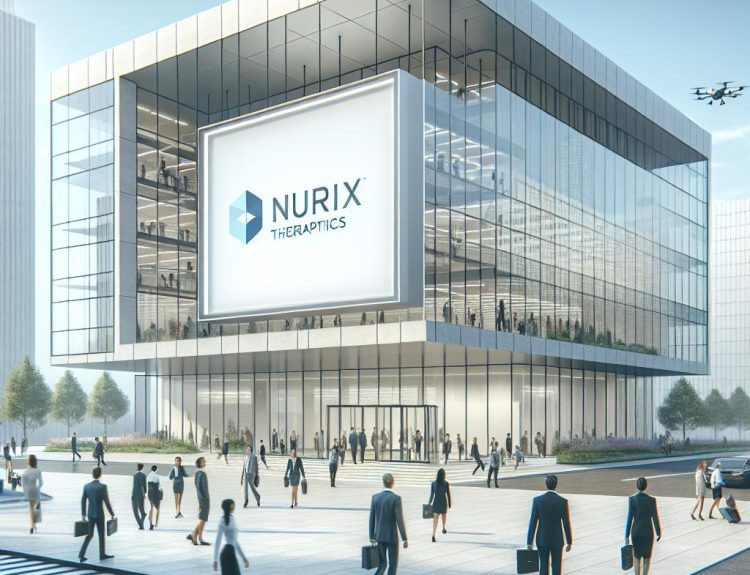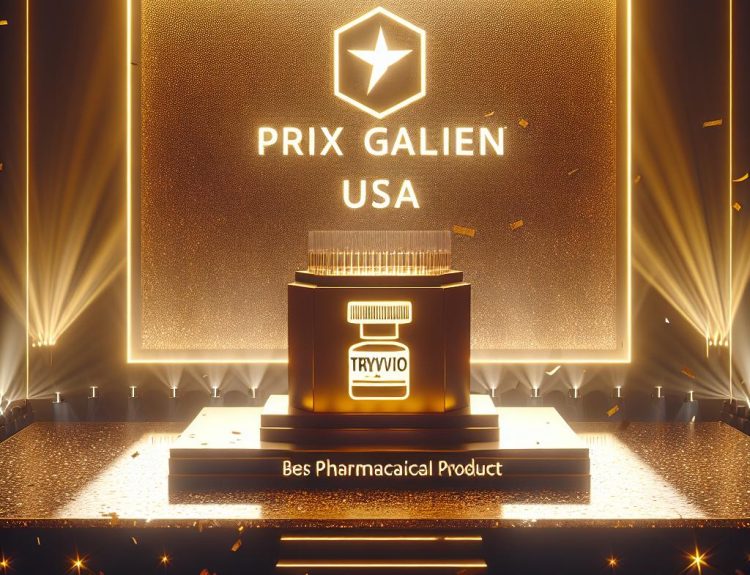Apyx Medical has submitted a new 510(k) to the FDA seeking a label expansion for its AYON body contouring system to include power liposuction, alongside an ongoing U.S. commercial rollout that began in September and a planned key opinion leader event on October 14. If cleared, Apyx intends to enable the new functionality on installed AYON units, positioning the system as a single platform that spans fat removal, contouring, tissue contraction, and electrosurgery.
This is more than a feature add; it is a bid to own the full body-contouring workflow. By layering power liposuction onto an energy-enabled platform and activating capabilities via software and hardware modules, Apyx is pursuing a platform strategy that can accelerate iteration, reduce adoption friction, and increase account stickiness. For a market dominated by modular, multi-vendor setups, an integrated system could reframe capital planning and procedural economics for surgical practices and ambulatory surgery centers.
The stakes are immediate for plastic and cosmetic surgeons who juggle discrete consoles for liposuction, skin tightening, and electrosurgery. Consolidation onto a single platform could streamline setup, reduce room turnover, and enable more comprehensive single-session treatment plans, particularly in patients seeking both fat reduction and tissue contraction. Patients may benefit from simplified care pathways and potentially shorter procedures, while the real differentiator will be demonstrable improvements in safety, consistency, and long-term aesthetic outcomes. Competition, an integrated AYON, would challenge entrenched players across categories, from standalone power-assisted liposuction systems to energy-based skin-tightening solutions. Practice economics will hinge on the total cost of ownership, disposables pricing, training burden, and throughput gains relative to best-of-breed configurations.
For Medical Affairs leaders, the move raises an evidence mandate. Energy-assisted contouring has drawn regulatory and professional scrutiny in the past, which puts a premium on robust operator training, standardized protocols, and real-world data on complications, revision rates, and durability at 6–12 months. Generating comparative effectiveness data against established liposuction platforms, documenting learning curves, and defining patient selection criteria will be essential to clinician confidence. Post-market registries and procedure-specific outcomes tracking could become decisive, both for HCP education and for malpractice risk management in cash-pay aesthetics where payer oversight is limited.
The timing is notable. The GLP-1 era is expanding the pool of patients seeking body contouring after significant weight loss, and practices are prioritizing technologies that can handle skin laxity and residual adiposity in a single OR session. At the same time, device buyers are gravitating toward integrated ecosystems, subscription-style service models, and remote software updates to extend asset life. If Apyx can leverage its Renuvion footprint to cross-sell AYON and keep utilization high with a mix of capital and consumables, it could shift share from modular stacks to unified platforms, potentially catalyzing copycat integrations and M&A among aesthetics manufacturers.
The next milestones are the FDA’s decision and the specificity of the cleared indications, which will dictate how broadly surgeons can deploy power liposuction within AYON protocols. Watch for competitor responses—bundled offerings, pricing plays, and KOL-driven outcomes campaigns—and for early real-world data from the installed base once the feature is activated. The strategic question now is whether an integrated platform can become the default standard of care in surgical aesthetics, or whether surgeons will continue to prefer modular, best-in-class components stitched together case by case.
Jon Napitupulu is Director of Media Relations at The Clinical Trial Vanguard. Jon, a computer data scientist, focuses on the latest clinical trial industry news and trends.







